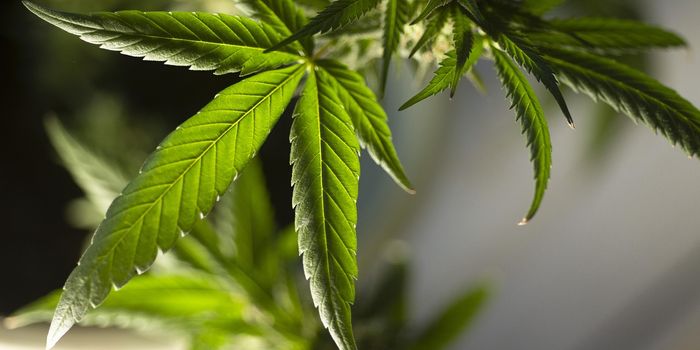Heavy Metal Contamination in Cannabis
A recent meta-analysis of research studies published in Toxin Reviews found that cannabis plant absorption of heavy metal toxins poses a significant health threat. Lead, cadmium, and chromium specifically are easily transported up the cannabis stalk, distributed to the leaves and flowers, and moved through the cannabinoid-rich trichomes. Metal toxicity causes the production of free radicals, which then attack cells, proteins, enzymes, and nucleic acids and potentially lead to cardiovascular, neurological and other disorders.
Some strains of cannabis are known for their phytoremediation effects, and they are extremely efficient at removing heavy metals from soil, air, and water. The cannabis plant’s capacity to clean toxins is advantageous for environment health, but this plant function increases the risks of human heavy metal absorption. Heavy metal is not metabolized by the body and the metals can accumulate in organs such as the liver, brain, and kidneys. Several studies have indicated an association between heavy metal exposure and Alzheimer's Disease.
One way to protect consumers’ health is to implement thorough standardized product testing and regulations, since cannabis pollutant testing policies currently vary across states. Most states only test for the “big four” toxic metals: arsenic, lead, cadmium, and mercury, but others have more thorough screening for additional toxins such as selenium. The meta-analysis also compared the impact of different modes of consumption (oral inhalation, topical use, smoking, edibles, etc.) and found that methods using combustion for cannabinoid activation facilitated higher heavy metal intake levels. The study detected the presence of selenium, mercury, cadmium, lead, chromium, nickel, and arsenic in cannabis smoke.
In addition to summarizing health risks, the study recommended several mitigation strategies that growers should use to reduce toxic metal absorption. Growers should assess their intended cultivation environment and identify potentially high heavy metal contamination. Recognizing contaminants in cannabis soil is a critical strategy in reducing heavy metal absorption by the cannabis plants. Growers should also closely monitor pH levels since pH can affect heavy metal absorption. The research team also recommended choosing strains for human consumption that are less efficient at heavy metal absorption. For example, high contamination levels do not matter as much for fiber hemp growing, but strains chosen for CBD production must ensure minimal or no heavy metal exposure.
Sources:








